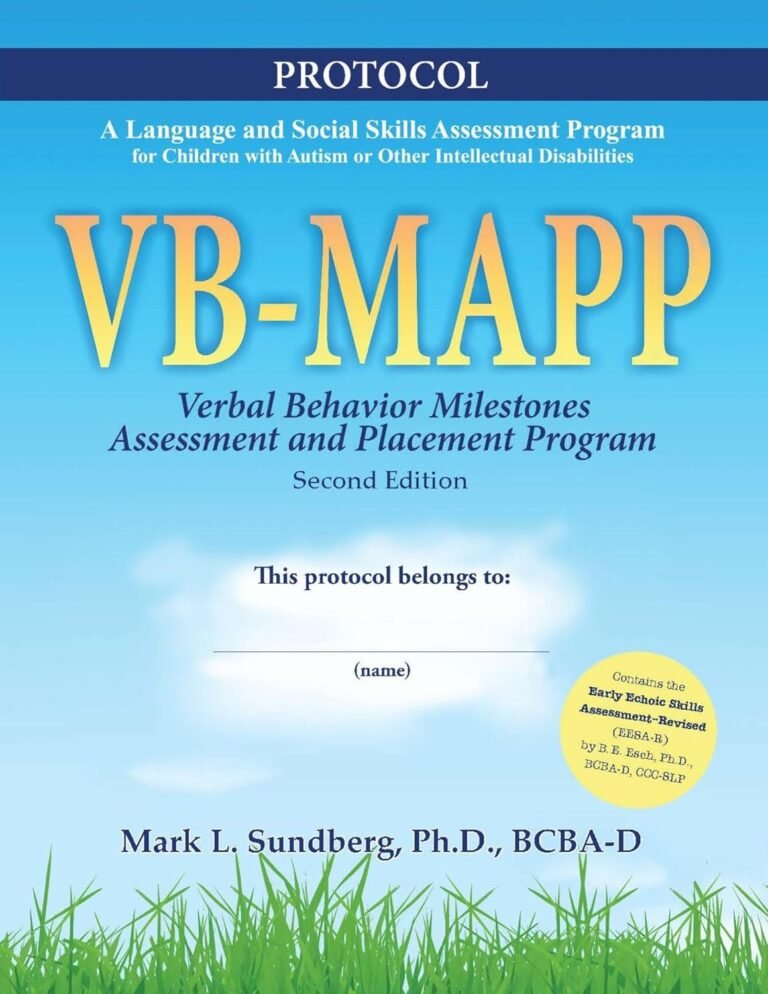
Ever felt completely overwhelmed? Like the world’s volume got cranked up to eleven, or your emotions were a runaway train? For autistic individuals, these intense experiences can happen more frequently and manifest in ways that might not be immediately obvious. It’s so important to remember that these aren’t just tantrums or bad behavior; they’re often involuntary responses to feeling overloaded. Let’s break down some key differences in how these intense reactions can present, so we can all be more understanding and supportive.
1. Meltdowns vs. Shutdowns: Two Sides of the Same Coin
Think of it like this: a pressure cooker has two ways to release steam.
- Meltdowns are the “pressure release valve” – an outward explosion of distress. You might see:
- Verbal outbursts: Shouting, screaming, crying.
- Physical manifestations: Kicking, hitting, throwing things.
- Withdrawal: Zoning out (dissociating).
- Shutdowns are the “pressure cooker imploding” – an internal retreat. This can look like:
- Reduced communication: Becoming unresponsive.
- Physical withdrawal: Avoiding interaction.
- Immobility: Becoming very still.
- Apparent lack of emotion: Seeming numb.
It’s crucial to recognize that both are valid, and both indicate significant distress.
Try This: Next time you’re feeling stressed, notice how you tend to react. Do you get outwardly agitated, or do you withdraw? This little experiment can help you empathize with the different ways autistic individuals experience overwhelm.
2. Sensory Overload: When the World is Too Much
Imagine your senses being turned up to 100%. That’s sensory overload. Autistic individuals can experience both:
- Hypersensitivity (Over-responsiveness): Even small things feel HUGE.
- Auditory: Loud noises become painful (think of nails on a chalkboard, but all the time).
- Visual: Bright lights are blinding.
- Tactile: Clothing feels like sandpaper.
- Olfactory: Smells are nauseatingly strong.
- Gustatory: Textures make eating difficult.
- Hyposensitivity (Under-responsiveness): Needing more sensory input.
- Sensory seeking: Rocking, spinning, crashing.
- High pain tolerance: Not noticing injuries.
- Difficulty with body awareness: Bumping into things.
Important Note for Behavior Therapists: Understanding sensory sensitivities is fundamental to effective ABA interventions. We need to create environments that minimize triggers and incorporate sensory strategies.
3. Emotional Overload: Feeling Everything Deeply
Emotions can be intense for everyone, but for autistic individuals:
- Alexithymia (difficulty identifying emotions): It’s hard to name what you’re feeling, which makes it harder to manage.
- Delayed processing: Emotions hit later, and with more force.
- Intense reactions to “small” triggers: A change in routine can feel like a catastrophe.
- Difficulty calming down: Once overwhelmed, it’s hard to self-soothe.
A Word to Parents: Your child isn’t being dramatic. Their emotional experience is real and valid. ABA techniques, when implemented ethically and with empathy, can be incredibly helpful in developing emotional regulation skills.
4. Communication and Intense Reactions: The Frustration Factor
Communication is key, and when there are barriers…
- Inability to express needs: If you can’t say what’s wrong, it comes out in other ways.
- Misinterpreting social cues: Social situations become minefields.
- Demand avoidance: Resisting requests can escalate if not handled sensitively.
Let’s Connect: Have you ever felt frustrated because you couldn’t express yourself clearly? Multiply that by ten, and you’ll get a glimpse into the communication challenges some autistic individuals face. Share your experiences in the comments!
Key Takeaways: Understanding is Everything
- Triggers are individual: What’s overwhelming for one person isn’t for another.
- Reactions vary: Meltdowns and shutdowns are just the tip of the iceberg.
- Intensity matters: Don’t minimize someone’s experience.
- It’s not misbehavior: These reactions are often involuntary.
By understanding these differences, we can create more inclusive and supportive environments for autistic individuals. It’s about empathy, education, and a commitment to doing better.





